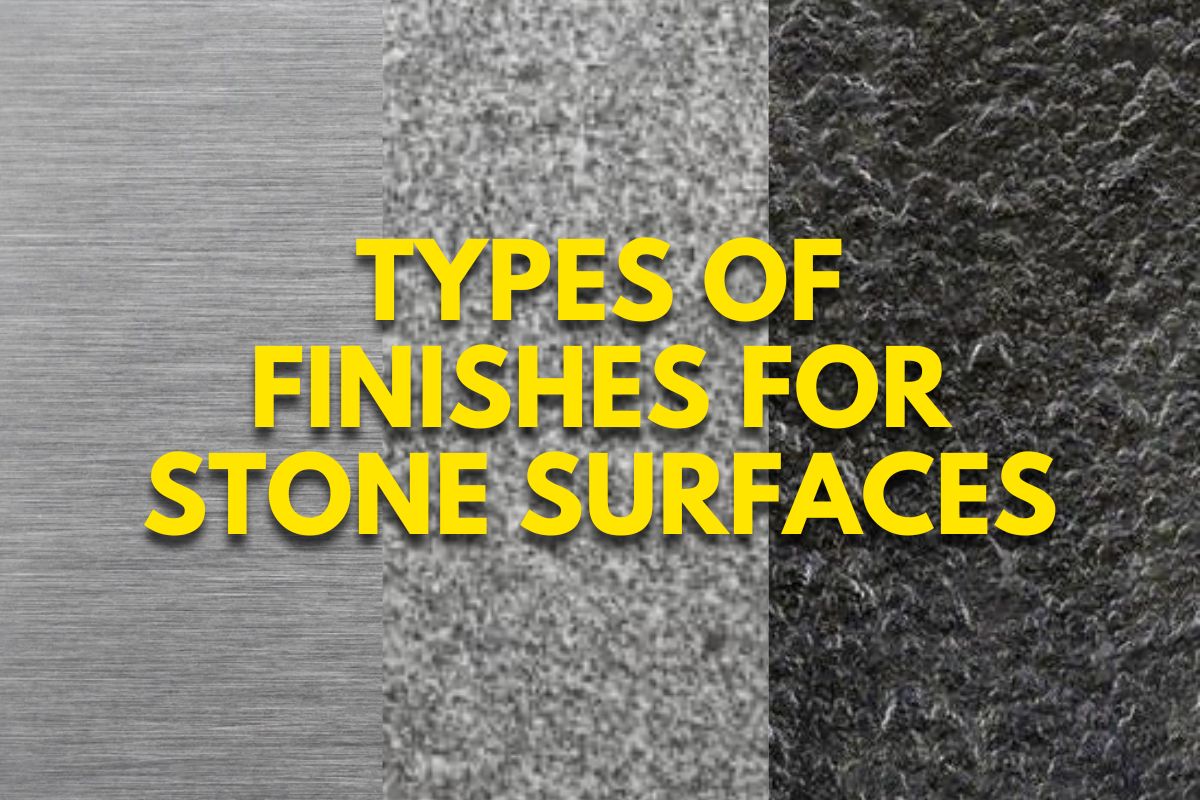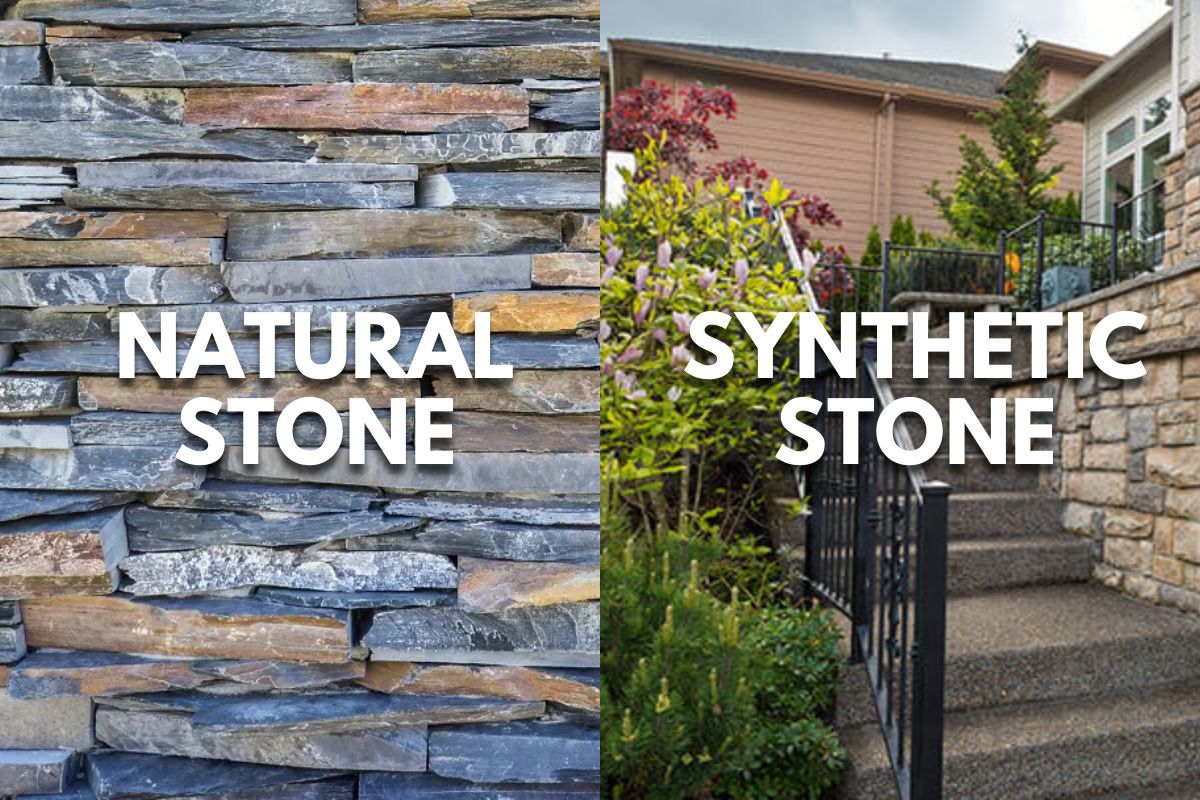Finding the Perfect Stone for DIY Projects: Budget-Friendly Options for Home Improvement
Embarking on DIY home improvement projects can be both exciting and daunting.
Finding a suitable stone material that balances aesthetics, functionality, and affordability can be challenging.
Fortunately, several budget-friendly stone options can elevate your DIY projects without breaking the bank.
Factors to Consider When Choosing Stone for DIY Projects
When selecting the perfect stone for your DIY projects, several factors must be considered. These factors will ensure you make an informed choice that aligns with your project requirements, personal preferences, and budget constraints.
- Budget Considerations: Budgeting is a critical aspect of any DIY project. While visually appealing, specific stone options can be prohibitively expensive, potentially derailing your project plans. Exploring affordable stone alternatives that offer both beauty and functionality without compromising your financial goals is essential.
- Project Scope and Size: The scale of your DIY project plays a significant role in determining the appropriate stone choice. Larger projects may require more durable and robust stone options, while smaller projects can accommodate a broader range of stone types. Matching the stone’s characteristics with the project’s demands is crucial to ensure a successful outcome.
- Aesthetic Preferences: Personal taste is fundamental when selecting stones for DIY projects. Different stones offer unique colours, textures, and patterns that can complement or contrast with your existing home decor. Choosing a stone that resonates with your aesthetic preferences will enhance your project’s visual appeal and contribute to a cohesive and harmonious overall design.
- Durability and Maintenance: Durability and maintenance requirements are essential when selecting stones for DIY projects. Some stones are naturally more durable and resistant to wear and tear, while others may require more frequent maintenance and care. Assessing the expected usage and exposure of the stone in your project will help you choose a material that meets your longevity and maintenance expectations.
Budget-Friendly Stone Options for DIY Projects
Finding affordable stone options for home improvement projects and balancing beauty and functionality is crucial. Here are some budget-friendly stone options to consider for your next DIY endeavour:
1. Tuscano Limestone
Tuscano Limestone is a beautiful, versatile stone offering a warm, earthy aesthetic. Its distinct veining and subtle hues make it popular for various DIY projects, including flooring, and accent walls.
One critical advantage of Tuscano Limestone is its cost-effectiveness, making it an excellent option for budget-conscious homeowners.
2. Shoreham Quartz
Shoreham Quartz is a durable, low-maintenance stone that is highly resistant to scratches, stains, and heat. Its sleek and modern appearance makes it versatile for DIY projects such as bathroom vanities and fireplace surrounds.
Additionally, Shoreham Quartz is relatively affordable compared to other high-end stone options, making it an attractive choice for those seeking quality on a budget.
3. Grange Limestone
Grange Limestone is a classic and timeless stone that exudes elegance and sophistication. Its warm tones and subtle veining make it a popular choice for many DIY projects, including flooring, accent walls, and outdoor features.
This aesthetically pleasing and budget-friendly stone allows homeowners a luxurious look without breaking the bank.
4. Jasper Limestone
Jasper Limestone is a unique and visually striking stone that boasts a warm, earthy palette with striking patterns and veining.
Its distinct appearance makes it an excellent choice for creating focal points or adding a touch of character to DIY projects such as fireplace surrounds, accent walls, or outdoor living spaces.
Despite its eye-catching appearance, Jasper Limestone is surprisingly affordable, making it an accessible option for budget-conscious DIY enthusiasts.
5. Barwon Quartz
Barwon Quartz is a durable, low-maintenance stone with a contemporary and sleek look. Its consistent pattern and colour make it versatile for various DIY projects, including backsplashes and flooring.
Barwon Quartz is also a cost-effective option, making it an excellent choice for those seeking a modern and stylish look without compromising their budget.
6. Marakesh Limestone
Marakesh Limestone is a beautiful, unique stone with a warm, earthy palette, intricate patterns, and veining. Its distinctive appearance makes it an excellent choice for creating stunning accent walls, fireplace surrounds, or outdoor living spaces.
Despite its luxurious look, Marakesh Limestone is surprisingly affordable, allowing homeowners to achieve a high-end aesthetic without breaking the bank.
7. Buffalo Granite
Buffalo Granite is a durable, low-maintenance stone with a rugged and natural aesthetic.
Its unique patterns and colours make it popular for various DIY projects, including flooring and outdoor features.
While granite is often perceived as an expensive option, Buffalo Granite is a budget-friendly alternative that offers both beauty and durability without compromising your financial goals.
Conclusion
Embarking on DIY home improvement projects can be a rewarding and cost-effective way to enhance your living space.
You can achieve stunning results without breaking the bank by carefully considering budget-friendly stone options like Tuscano Limestone, Shoreham Quartz, Grange Limestone, Jasper Limestone, Barwon Quartz, Marakesh Limestone, and Buffalo Granite.
Explore these affordable stone choices and start planning your next DIY project today.








